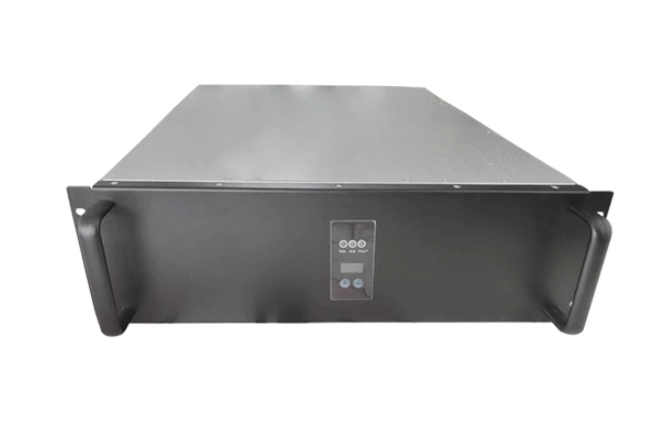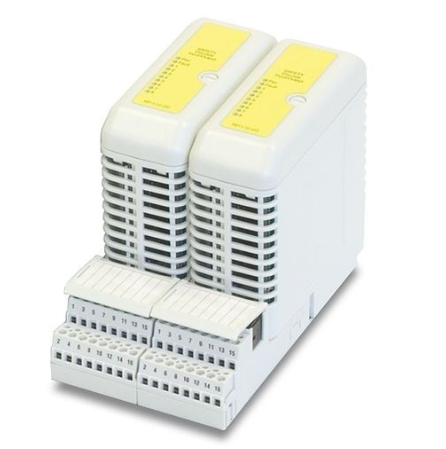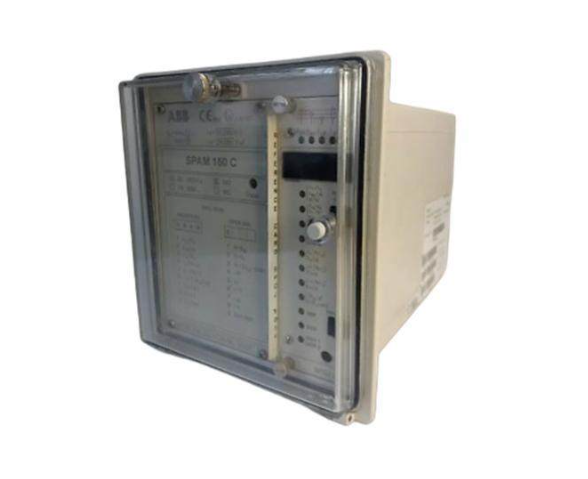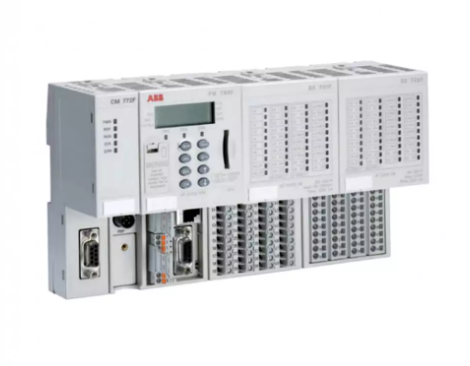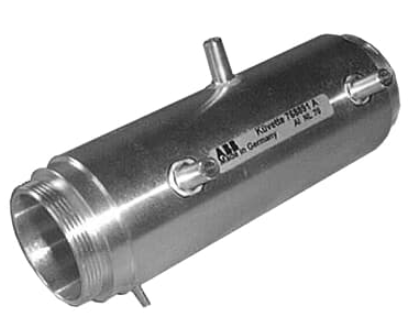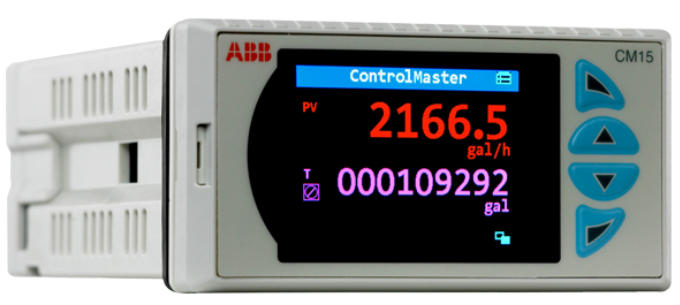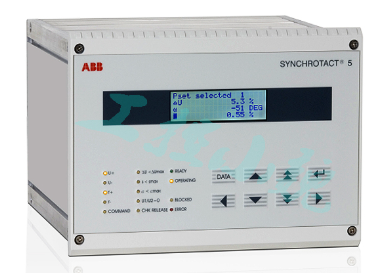China Energy Big Data Report - Power industry development
3. Major energy consumption indicators have continued to decline, and carbon emissions have been effectively reduced
The national standard coal consumption for power supply continued to decline. According to the data of the National Energy Administration, the standard coal consumption of the national power supply in 2021 will be 302.5 g/KWH, down 2.4 g/KWH year-on-year, and down 22.5 g/KWH from 2012.
The national line loss ratio maintained a downward trend. In 2021, the national line loss rate of 5.26%, down 0.34 percentage points year-on-year, to maintain a downward trend, down 1.48 percentage points from 2012.
The power consumption rate in 2021 has not yet seen public data, but the overall trend is downward. In 2020, the national power consumption rate dropped to 4.65%, 0.02 percentage points lower than the previous year. Among them, hydropower was 0.25%, an increase of 0.01 percentage points over the previous year, and thermal power was 5.98%, a decrease of 0.03 percentage points over the previous year.
Steady progress has been made in upgrading coal-fired power plants to ultra-low emissions, and pollutant emissions have dropped significantly. By the end of 2020, 89 percent of the country's total installed coal power capacity has achieved ultra-low emissions. According to the statistics of the China Electricity Union, in 2020, the total amount of electricity smoke emissions in the country is about 155,000 tons, a decrease of 15.1% year-on-year. Sulfur dioxide emissions were about 780,000 tons, down 12.7 percent year on year. Nitrogen oxide emissions were about 874,000 tons, down 6.3 percent year on year.
Carbon emissions in the power sector have been effectively reduced. According to the data of China Electricity Union, carbon dioxide emissions per unit of thermal power generation in 2020 will be about 832 grams/KWH, 20.6% lower than in 2005; Carbon monoxide emissions per unit of thermal power generation are about 565 g/KWH, 34.1% lower than in 2005. From 2006 to 2020, through the development of non-fossil energy, reducing power supply coal consumption and line loss rate and other measures, the power industry has reduced carbon dioxide emissions by about 18.53 billion tons, effectively slowing down the growth of total carbon dioxide emissions in the power industry.
Steady progress has been made in building a national carbon market. In 2021, the Opinions on Fully, Accurately and Comprehensively Implementing the New Development Concepts to Achieve Carbon Peak Carbon Neutrality and the Action Plan for Achieving Carbon Peak before 2030 were successively released. On July 16, the national carbon market was officially launched, and the first compliance cycle is the whole year of 2021, including 2,162 key emission units in the power generation industry, covering about 4.5 billion tons of carbon dioxide emissions, which is the largest carbon market in the world. As of December 31, the national carbon market has been running for 114 trading days, with a cumulative volume of 179 million tons of carbon emission allowances and a cumulative turnover of 7.661 billion yuan.

Three power infrastructure
1. The national power investment reached a new high in the past decade, and the investment structure was adjusted again
Data from the National Energy Administration show that the total investment in electric power projects in 2021 will reach 1048.1 billion yuan, an increase of 2.9% year-on-year. Among them, the investment in power supply capital construction was 553 billion yuan, and the investment in power grid capital construction was 495.1 billion yuan. Since 2018, the investment in power engineering construction has increased year after year.
The net source investment gap continues to narrow. In 2021, the national investment in power supply infrastructure accounted for 52.8% of power investment, an increase of 0.9 percentage points over the previous year; Power grid infrastructure investment accounted for 47.2% of power investment, 0.9 percentage points lower than the previous year.
From the data of the past ten years, the overall growth trend of power investment. The average annual investment during the 12th Five-Year Plan period is about 780 billion yuan, and the average annual investment during the 13th Five-Year Plan period is about 890 billion yuan. In the first year of the 14th Five-Year Plan, investment in power engineering construction hit a new high in ten years. The proportion of power grid investment showed an overall upward trend during the "Twelfth Five-Year Plan" period, and an overall downward trend during the "thirteenth Five-Year Plan" period. The "14th Five-Year Plan" began to decline.
2. Investment in new energy increased significantly, and investment in thermal power declined for five consecutive years
In 2021, the national power supply capital construction investment completed 553 billion yuan, an increase of 4.5%. Among them, the investment in hydropower was 98.8 billion yuan, a decrease of 7.4% year-on-year, accounting for 17.9% of the investment in power supplies. Thermal power investment was 67.2 billion yuan, up 18.3% year on year, accounting for 12.2% of power investment. Nuclear power investment of 53.8 billion yuan, up 42% year-on-year, accounting for 9.7% of the proportion of power investment, reversing the "13th Five-Year" period of investment has been shrinking situation.
- EMERSON
- Honeywell
- CTI
- Rolls-Royce
- General Electric
- Woodward
- Yaskawa
- xYCOM
- Motorola
- Siemens
- Rockwell
- ABB
- B&R
- HIMA
- Construction site
- electricity
- Automobile market
- PLC
- DCS
- Motor drivers
- VSD
- Implications
- cement
- CO2
- CEM
- methane
- Artificial intelligence
- Titanic
- Solar energy
- Hydrogen fuel cell
- Hydrogen and fuel cells
- Hydrogen and oxygen fuel cells
- tyre
- Chemical fiber
- dynamo
- corpuscle
- Pulp and paper
- printing
- fossil
- FANUC
- Food and beverage
- Life science
- Sewage treatment
- Personal care
- electricity
- boats
- infrastructure
- Automobile industry
- metallurgy
- Nuclear power generation
- Geothermal power generation
- Water and wastewater
- Infrastructure construction
- Mine hazard
- steel
- papermaking
- Natural gas industry
- Infrastructure construction
- Power and energy
- Rubber and plastic
- Renewable energy
- pharmacy
- mining
- Plastic industry
- Schneider
- Kongsberg
- NI
- Wind energy
- International petroleum
- International new energy network
- gas
- WATLOW
- ProSoft
- SEW
- wind
- ADVANCED
- Reliance
- YOKOGAWA
- TRICONEX
- FOXBORO
- METSO
- MAN
- Advantest
- ADVANCED
- ALSTOM
- Control Wave
- AB
- AMAT
- STUDER
- KONGSBERG
- MOTOROLA
- DANAHER MOTION
- Bently
- Galil
- EATON
- MOLEX
- Triconex
- DEIF
- B&W
- ZYGO
- Aerotech
- DANFOSS
- KOLLMORGEN
- Beijer
- Endress+Hauser
- MOOG
- KB
- Moxa
- Rexroth
- YAMAHA
- Johnson
- Westinghouse
- WAGO
- TOSHIBA
- TEKTRONIX


Email:wang@kongjiangauto.com






































